Draft proposal for history information panelsThis is the fifth of five panels.
|
Draft proposal for history information panelsThis is the fifth of five panels.
|
Post-War Years to the present dayStarved of funds, the Regent's Canal finally foundered as a commercial trade route when munitions traffic ceased after World War II. The government nationalised rail, road and canal transport in 1948 and set up the British Transport Commission to administer them all. The canal came under the Docks and Inland Waterways Executive and traded under the name "British Waterways". The last horse drawn commercial traffic was carried in 1956 following the introduction of motor tractors three years previously. The British Transport Commission was split up in 1963 and British Waterways took over the running of 2000 miles of canal and river navigation. By the late 1960's commercial traffic had all but vanished and the canal fell into decline. The canal had never recovered from the Great Freeze of 1963. In July 2012, British Waterways handed over its responsibilities as a navigation authority to a new charity known as the Canal and River Trust. |
Boatman at Hampstead Road Locks |
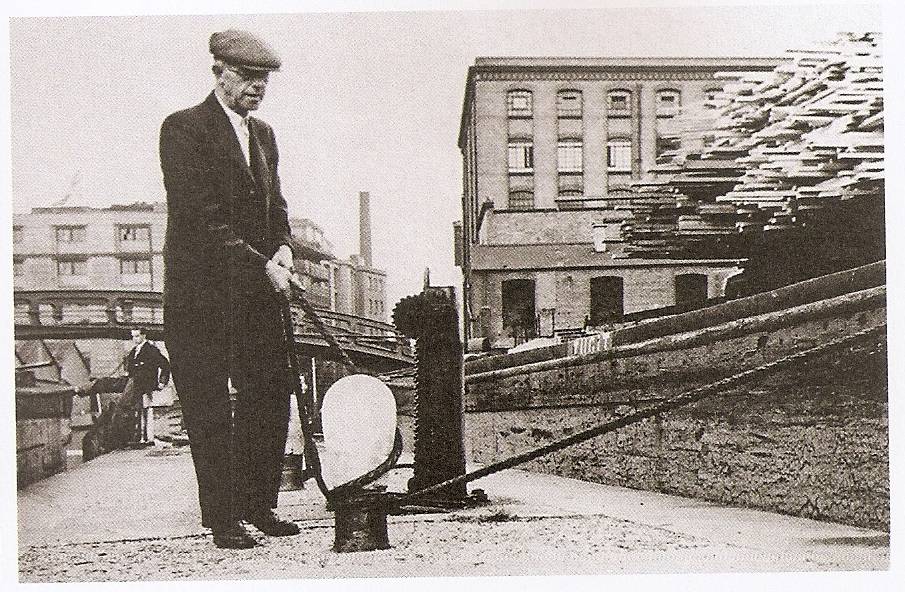
|
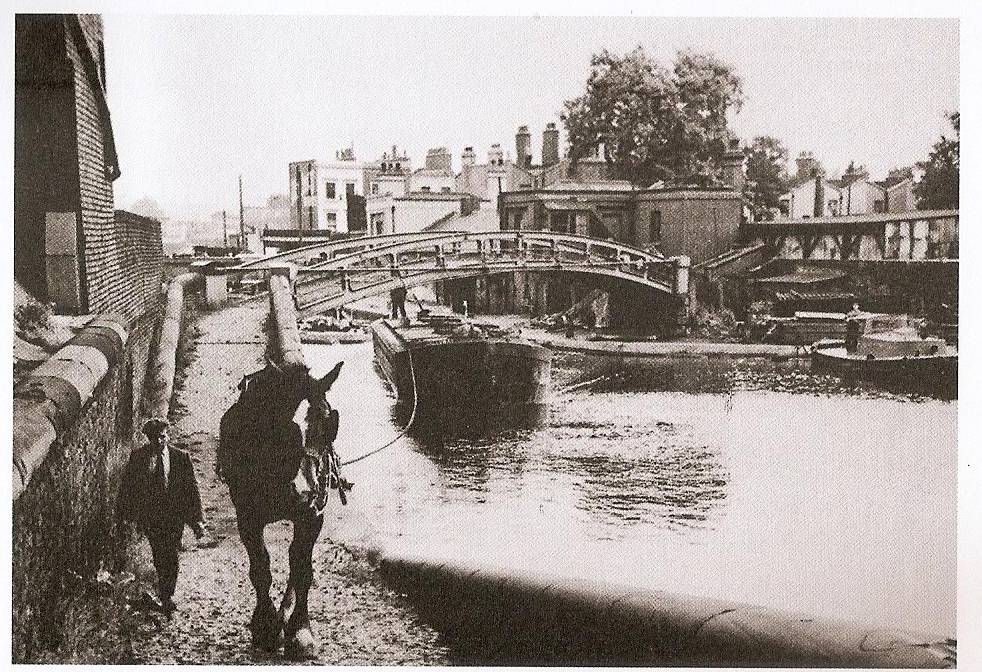
|
Roving Bridge |
Changes since the 1970sThe canal is now widely used for a variety of recreational and leisure activities and since the 1970s the towpaths have been opened up to the public. Boat trips are regularly available especially between Camden Town and the picturesque Little Venice in west London where the canal meets the Grand Junction near Paddington. In London the Boroughs work together with the navigation authority to provide a historic and interesting canalside walkway through London for all to enjoy. However, the canal still has a future for supporting commercial traffic, because it provides a viable, environmentally friendly alternative to the congested roads, and supplies will always be needed to the newly developed and restored waterside premises. The main difference from previous eras is that the canal has become a shared use highway, where commercial and leisure crafts can co-exist and members of the public are not shut off from the waterways. |
|
St Pancras Cruising Club |
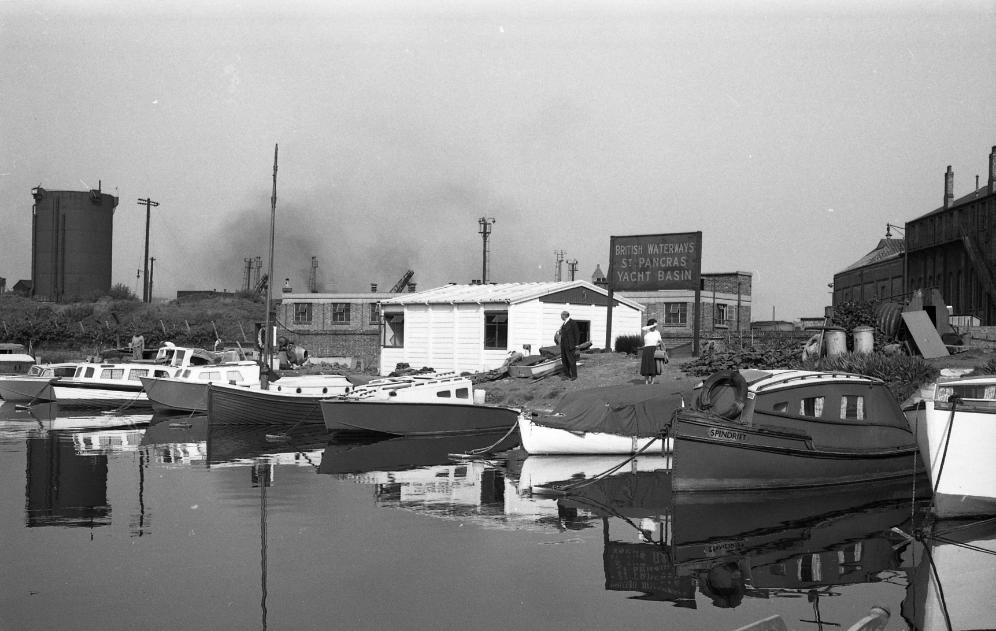
|
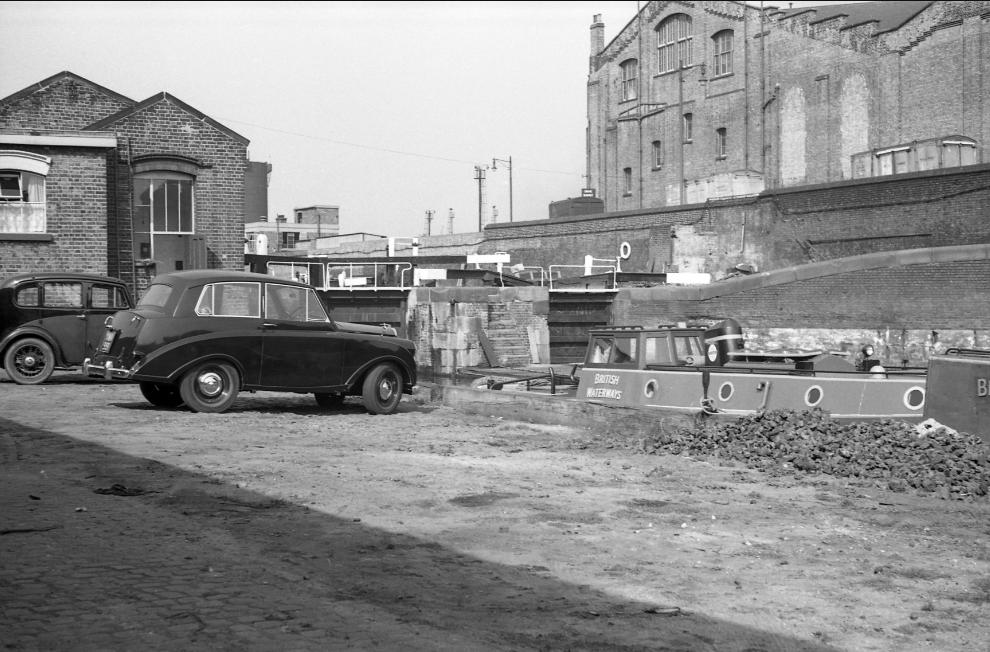
|
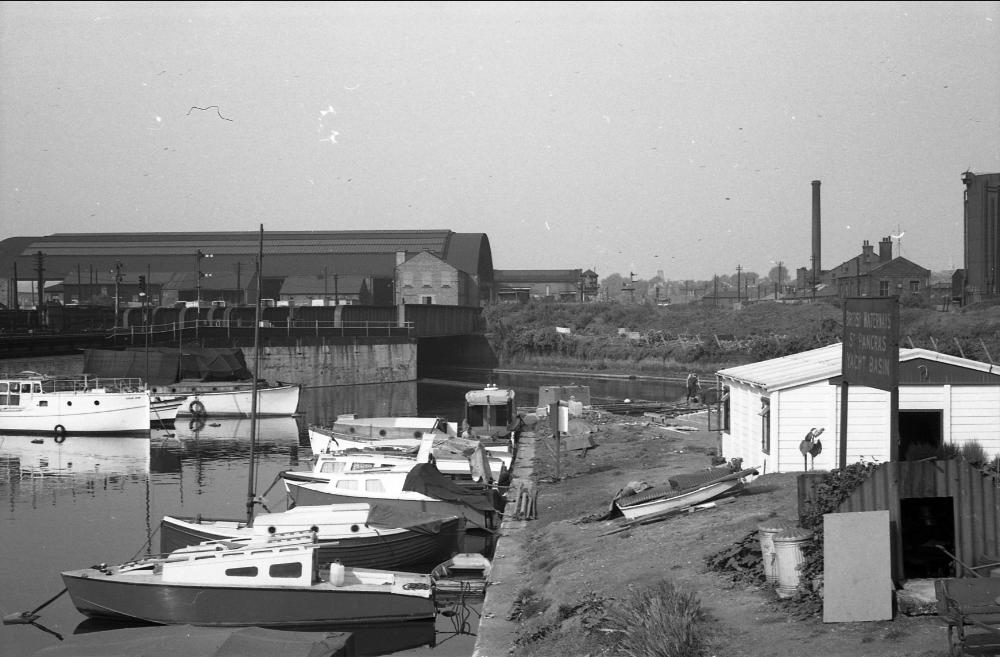
|
|
Hampstead Road Lock, 1977 |
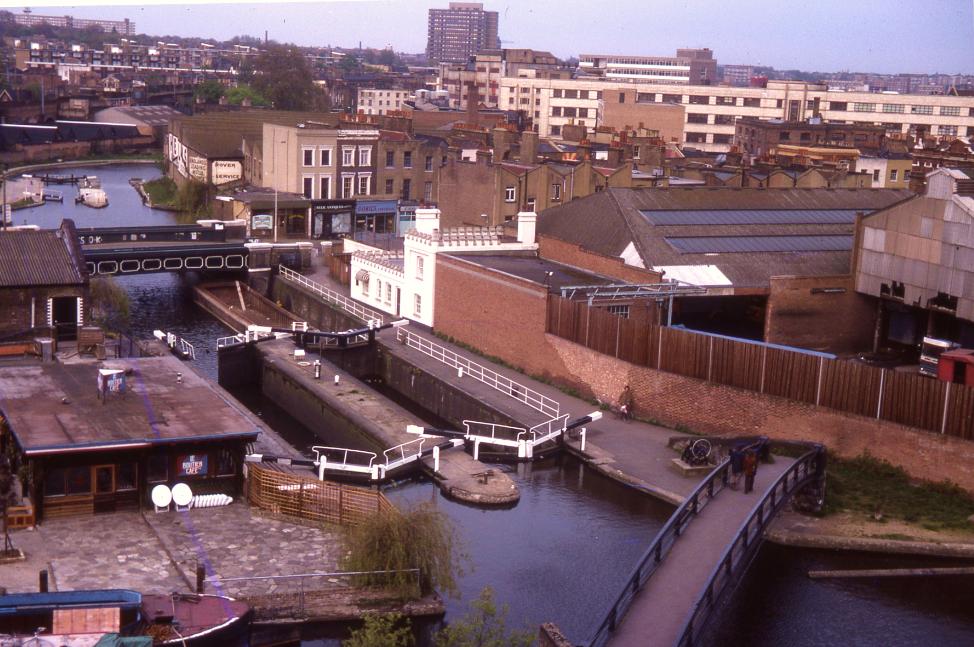
|
Opening up of the towpaths1968 - Westminster Council opens a stretch of the towpath to the public for recreational use. 1974 - Camden Council opens the towpath within its boundaries. It was now possible to walk from Maida Hill Tunnel to Islington Tunnel. 1982 - the remainder of the towpath, down to Limehouse is open to the public. 1969-1972 (?) Crystal Hale saves City Road Basin and founded the Islington Boat Club. New Uses for the CanalHousing of power cables under the towpath. Wildlife Recreational Cycling Guided Walks |